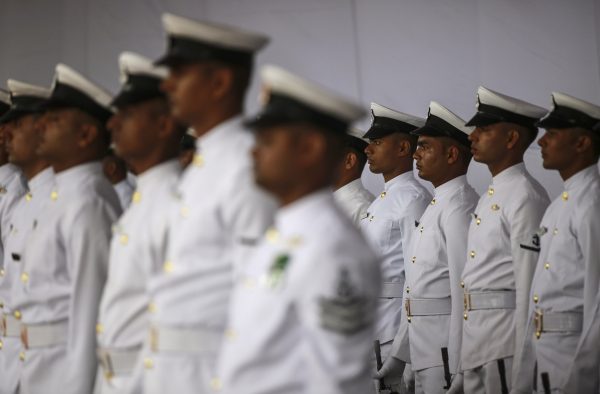Beyond its economic objective to build mass maritime infrastructure, the MSR also has significant geopolitical implications. The project embodies China’s efforts to extend strategic influence across large maritime spaces like the Indian Ocean. But India is wary at the prospect of China controlling infrastructure assets in its peripheral waters that could be used for military and strategic purposes.
Along with geopolitical anxiety, India’s lack of commitment to the MSR initiative is also influenced by economic hesitation. Regions and countries with better maritime infrastructure and greater trade and financial integration in the world economy will link more easily with the planned MSR infrastructure. This gives most countries from East Asia, Southeast Asia and Europe that are part of the initiative a ‘head-start’ against their counterparts from South Asia, the Middle East and Africa.
India is also hesitant about the MSR initiative because of its potential impact on existing regional economic frameworks. The initiative includes regions and countries that India has free trade agreements (FTAs) with, such as ASEAN, Singapore, Malaysia and Thailand. Trade with ASEAN countries constitutes a tenth of India’s total trade and a considerable part of that trade is through the India–ASEAN FTA. The rules of origin (ROOs) of the FTA insist that a minimum proportion of the traded products’ value is to ‘originate’ from territories of the members for exporters to avail preferential tariffs. So while the MSR initiative might offer more efficient new routes, they may not satisfy the ROOs requirements of India’s FTAs.
More of India’s discomfort with the MSR initiative stems from the lack of clarity over its multipolar character and the project being dominated by China and its political allies in the region. The MSR initiative’s Vision Document mentions various regional forums and associations which it intends to work with, such as the Shanghai Cooperation Organisation, ASEAN+1, APEC, Asia–Europe Meeting and the Greater Mekong Sub-Region Economic Cooperation. All of these forums include China.
The Vision Document ignores other regional associations that are notable within the MSR initiative domain but exclude China. For example, there is no mention of the South Asian Association for Regional Cooperation (SAARC) or the Bay of Bengal Initiative for Multi-Sectoral Technology and Economic Cooperation (BIMSTEC). This is hardly an oversight. Rather, it marks China’s intention to work only with the regional bodies that it is a part of, demonstrating its reluctance to give equal space to all regional actors.
Up until now, China’s political management of the Belt and Road Initiative has failed to convince Indian authorities that the MSR initiative is virtuous and primarily about economic gains and connectivity. A more objective Indian perspective is possible if the specific projects and benefits of the MSR initiative are clearly articulated. Unless these details become available, India will continue to harbour apprehensions about the MSR initiative being a geostrategic design that promotes Chinese security interests. These apprehensions might provoke counter-strategic responses like ‘Project Mausam’ — India’s foreign policy initiative to revive ancient cultural links and maritime routes in the region in competition with the MSR.
Despite its strategic discomfort, it is important for India to carefully assess the MSR initiative and find its potential benefits. China’s efforts to expand maritime infrastructure capacities in India’s backyard, while furthering its own economic and geopolitical interests, offer India the opportunity to obtain Chinese investment into its developing domestic maritime infrastructure. The challenge for Indian policymakers is to maximise these opportunities while safeguarding the country’s security imperatives.
Amitendu Palit is Senior Research Fellow and Research Lead at the Institute of South Asian Studies at the National University of Singapore (NUS).
A longer version of this article was published here in Geopolitics.

